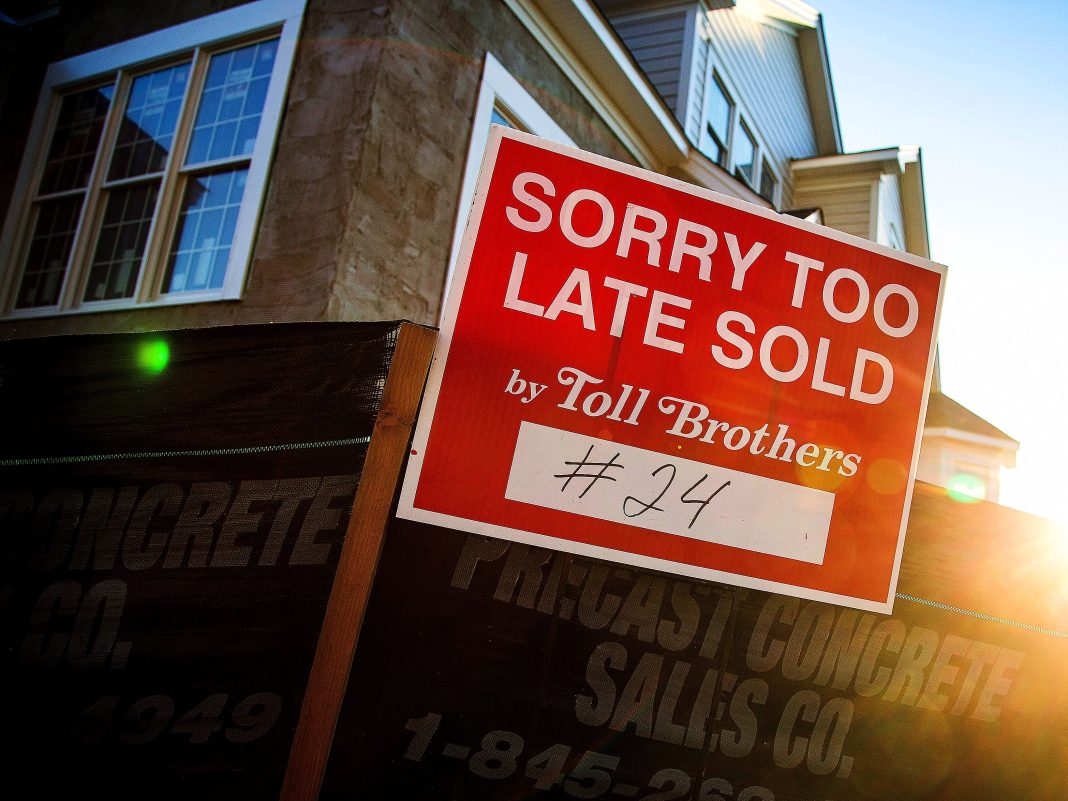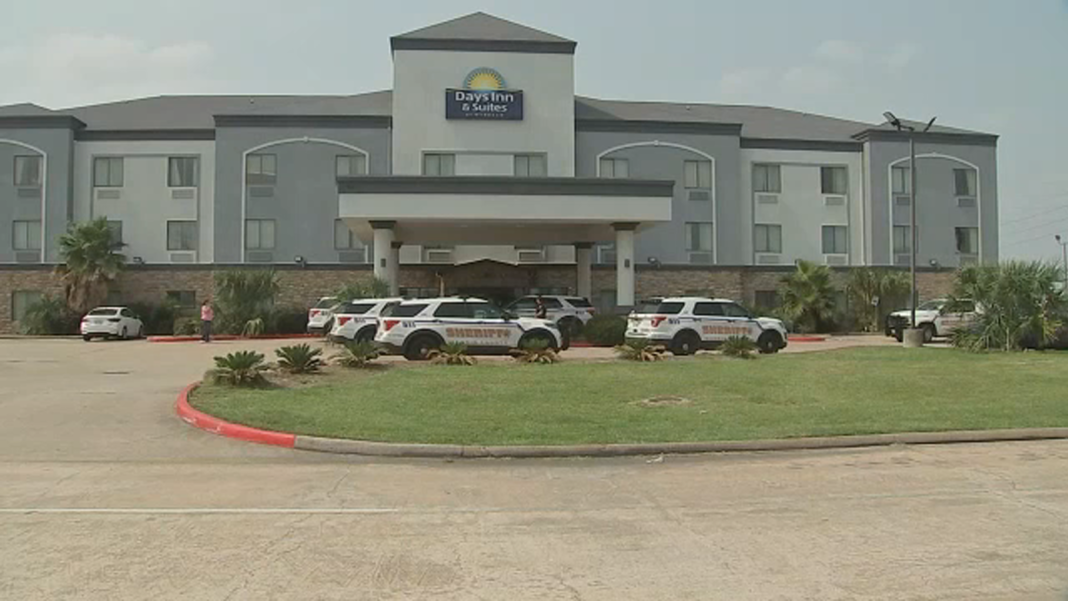 Honoring the Fallen: How Federal Labs Are Solving the Mystery of Missing Soldiers
Honoring the Fallen: How Federal Labs Are Solving the Mystery of Missing Soldiers
Introduction:
For generations, American families have been left in the dark about the fate of their loved ones who sacrificed their lives in wars like World War II. However, tucked away above a bowling alley at Offutt Air Force Base near Omaha, and its sister lab in Hawaii, federal labs are diligently working to provide closure to these families. The Defense POW/MIA Accounting Agency’s mission is to identify lost soldiers and offer 200 families per year the opportunity to give their relatives a proper burial. Memorial Day and the approaching 80th anniversary of D-Day on June 6 serve as poignant reminders of the urgency and significance of this work.
The Race Against Time:
The dedicated team of forensic anthropologists, medical examiners, and historians working together at these labs are racing against time as remains buried on battlefields around the world continue to deteriorate. However, advancements in DNA technology and innovative techniques, such as comparing bones to military chest X-rays, have enabled the labs to identify an increasing number of missing soldiers every year. Currently, approximately 72,000 World War II soldiers and 10,000 soldiers from subsequent conflicts remain unaccounted for. Fortunately, experts estimate that about half of these missing soldiers are recoverable.
Increasing Identifications:
Since the opening of the Offutt lab in 2013, the number of servicemembers identified has steadily risen. In 2013, 59 servicemembers were identified, while last year saw a significant increase to 159 identifications. The labs have set a goal of achieving 200 identifications annually. These identifications hold great significance for families like Donna Kennedy’s. After 74 years of being buried as an unknown soldier in the National Memorial Cemetery of the Pacific in Hawaii, Donna was finally able to bury her cousin, Cpl. Charles Ray Patten, with full military honors in the same Missouri cemetery where his father and grandfather rest.
The Importance of the Work:
The work conducted by the Defense POW/MIA Accounting Agency is not only important due to the significance of honoring the sacrifice of these individuals who fought for freedom, but also because it demonstrates a promise to return them home to their families. Carrie Brown, a forensic anthropologist at the Offutt lab, emphasizes that families need to feel assured that the agency will never cease its efforts. The return of remains often garners immense support from communities, with people lining the streets to pay tribute to veterans who fought decades earlier.
The Complexity of Identifications:
Identifying missing soldiers is not always a straightforward process. It requires piecing together historical records, consulting lists of possible names, and utilizing bones, objects found with the remains, military medical records, and DNA tests. The experts focus on battles and plane crashes where they have the highest chance of success due to the availability of information. However, complications arise when soldiers were buried in temporary cemeteries and later relocated during retreats. Additionally, unidentified soldiers were frequently buried together, making individual identifications challenging.
Uncovering Clues:
Upon receiving remains at the lab, experts sometimes find an extra bone, leading to months or even years of meticulous bone matching and waiting for DNA and other test results. Intriguingly, one test can even determine if a soldier primarily consumed a rice or corn-based diet while growing up. Another method involves comparing specific traits of collar bones to chest X-rays taken by the military before deployment. The military’s extensive record-keeping proves invaluable in these efforts.
Conclusion:
The work conducted by the federal labs at Offutt Air Force Base and in Hawaii is a testament to both the dedication of the teams involved and the importance of bringing closure to families who have long awaited answers. Through advancements in technology and innovative techniques, these labs are making significant strides in identifying missing soldiers. While the process may be challenging and time-consuming, the rewards are immeasurable. Every soldier identified not only receives a proper burial but also allows families to connect with their history and honor the sacrifices made by their loved ones.


